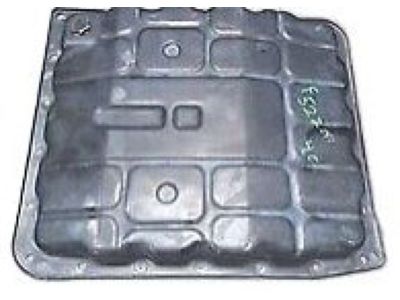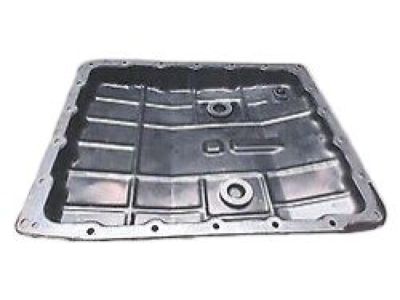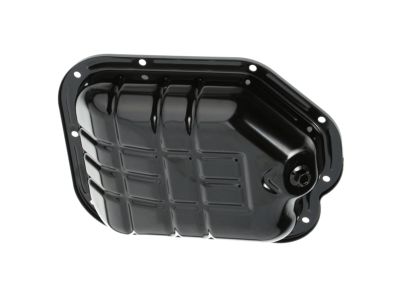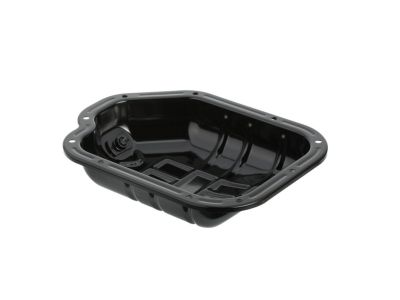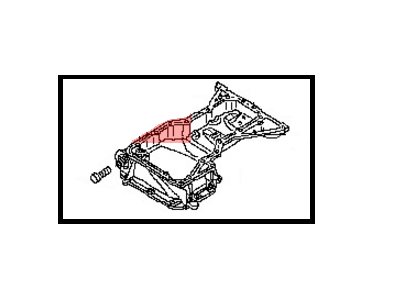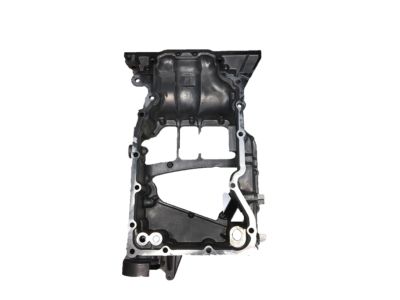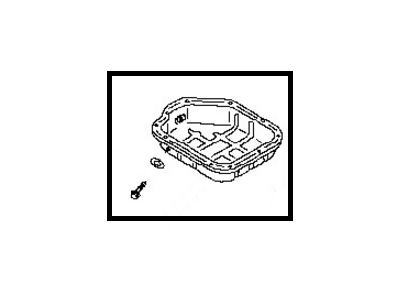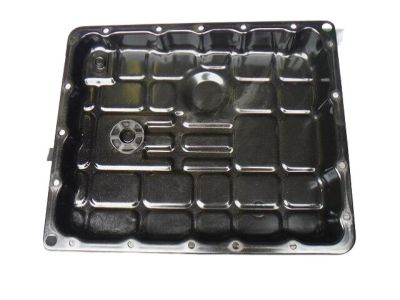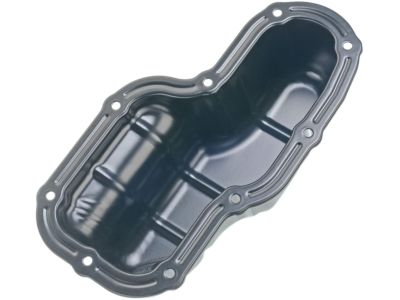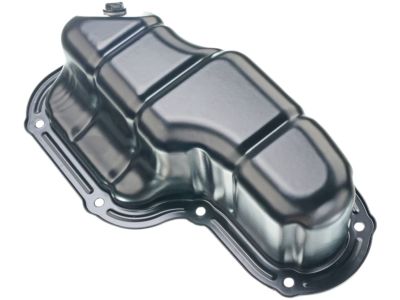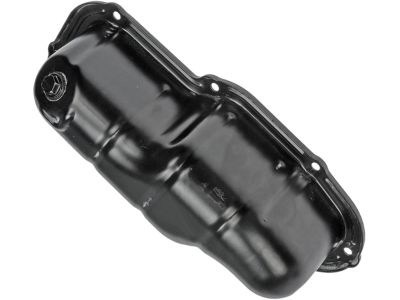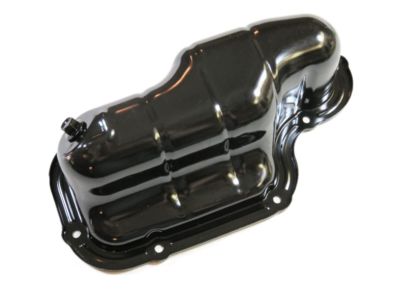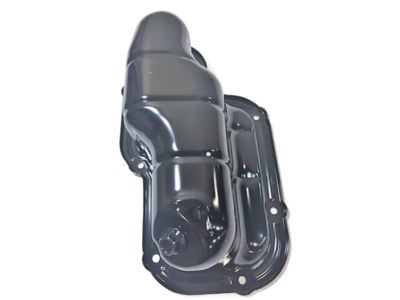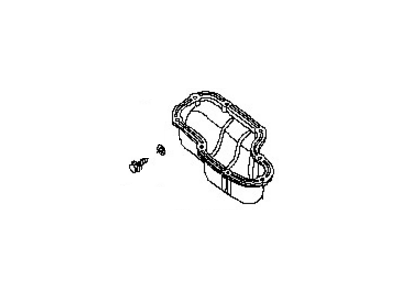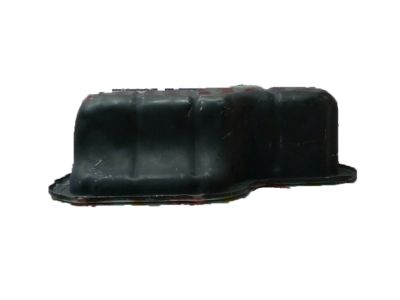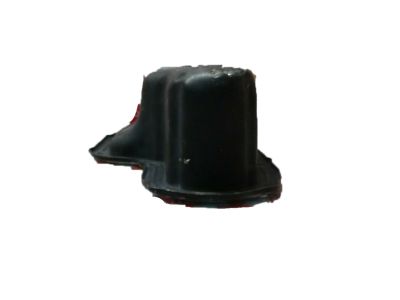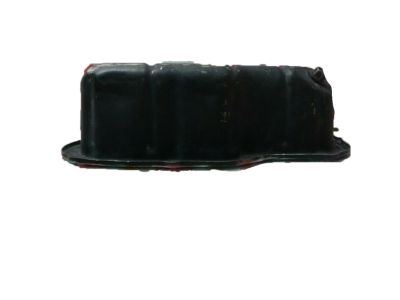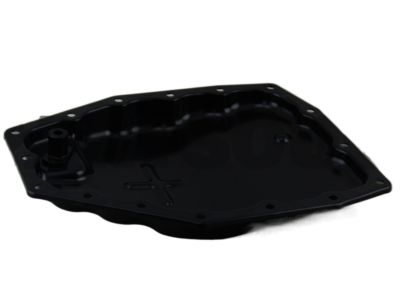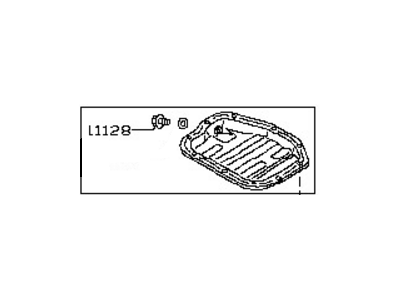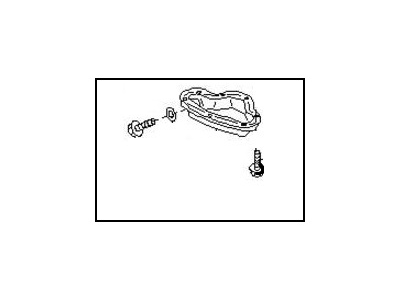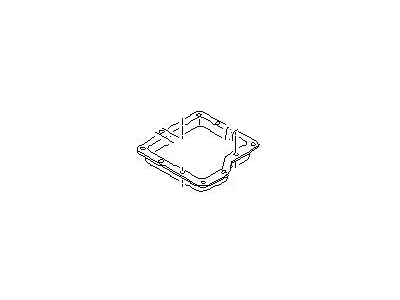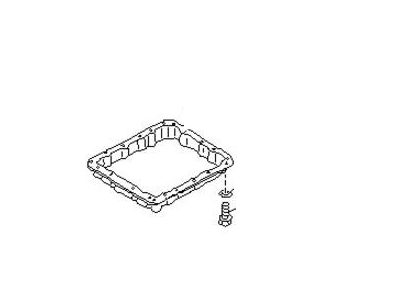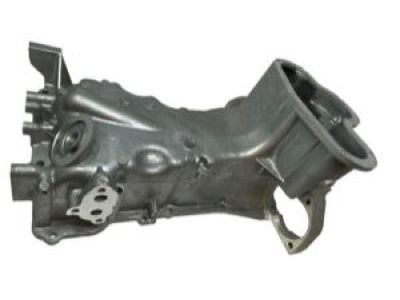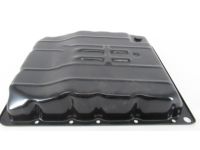×
- Hello
- Login or Register
- Quick Links
- Live Chat
- Track Order
- Parts Availability
- RMA
- Help Center
- Contact Us
- Shop for
- Nissan Parts
- Nissan Accessories

My Garage
My Account
Cart
Genuine Nissan Pathfinder Oil Pan
Oil Drain Pan- Select Vehicle by Model
- Select Vehicle by VIN
Select Vehicle by Model
orMake
Model
Year
Select Vehicle by VIN
For the most accurate results, select vehicle by your VIN (Vehicle Identification Number).
31 Oil Pans found

Nissan Pathfinder Pan Oil
Part Number: 31390-90X00$80.29 MSRP: $113.40You Save: $33.11 (30%)Ships in 1-2 Business Days
Nissan Pathfinder Pan Assy Oil
Part Number: 11110-JA10D$143.36 MSRP: $202.48You Save: $59.12 (30%)Ships in 1-3 Business Days
Nissan Pathfinder Pan Oil
Part Number: 31390-41X07$86.18 MSRP: $121.72You Save: $35.54 (30%)Ships in 1-2 Business Days
Nissan Pathfinder Pan Assy Oil
Part Number: 11110-3TA3A$245.81 MSRP: $347.18You Save: $101.37 (30%)Ships in 1-3 Business Days
Nissan Pathfinder Pan Assy-Oil
Part Number: 31390-41X00$97.27 MSRP: $137.38You Save: $40.11 (30%)Ships in 1-3 Business Days
Nissan Pathfinder Pan Assy Oil
Part Number: 11110-ZS00A$132.67 MSRP: $187.38You Save: $54.71 (30%)Ships in 1-2 Business Days
Nissan Pathfinder Pan Assy-Oil
Part Number: 11110-7S010$130.06 MSRP: $183.70You Save: $53.64 (30%)Ships in 1-2 Business Days
Nissan Pathfinder Pan Assy-Oil
Part Number: 11110-EA210$132.67 MSRP: $187.38You Save: $54.71 (30%)Ships in 1-3 Business Days
Nissan Pathfinder Pan Oil
Part Number: 31390-41X01$86.18 MSRP: $121.72You Save: $35.54 (30%)Ships in 1-3 Business Days
Nissan Pathfinder Pan Oil
Part Number: 31390-90X0A$87.14 MSRP: $123.08You Save: $35.94 (30%)Ships in 1-3 Business DaysNissan Pathfinder Pan Assy Oil
Part Number: 11110-7S00A$139.54 MSRP: $197.08You Save: $57.54 (30%)Ships in 1-3 Business DaysNissan Pathfinder Pan Assy-Oil
Part Number: 11110-6KA0B$215.24 MSRP: $304.02You Save: $88.78 (30%)Ships in 1-3 Business DaysNissan Pathfinder Pan Assy-Oil
Part Number: 11110-6KA0A$422.62 MSRP: $596.92You Save: $174.30 (30%)Ships in 1-3 Business DaysNissan Pathfinder Pan Assy Oil
Part Number: 11110-3KY1B$181.63 MSRP: $256.53You Save: $74.90 (30%)Ships in 1-3 Business DaysNissan Pathfinder Pan Assy-Oil
Part Number: 11110-0W000$237.06 MSRP: $334.83You Save: $97.77 (30%)Ships in 1-3 Business DaysNissan Pathfinder Pan Assy-Oil
Part Number: 11110-4W010$131.62 MSRP: $185.90You Save: $54.28 (30%)Ships in 1-3 Business DaysNissan Pathfinder Pan Assy-Oil
Part Number: 31390-41X08$86.18 MSRP: $121.72You Save: $35.54 (30%)Ships in 1-3 Business DaysNissan Pathfinder Pan Oil
Part Number: 31391-41X01$86.18 MSRP: $121.72You Save: $35.54 (30%)Ships in 1-3 Business Days
| Page 1 of 2 |Next >
1-20 of 31 Results
Nissan Pathfinder Oil Pan
If you need any OEM Nissan Pathfinder Oil Pan, feel free to choose them out of our huge selection of genuine Nissan Pathfinder Oil Pan. All our parts are offered at unbeatable prices and are supported by the manufacturer's warranty. In addition, we offer quick shipping to have your parts delivered to your door step in a matter of days.
Nissan Pathfinder Oil Pan Parts Questions & Experts Answers
- Q: How to remove and install an oil pan on 2.4L four cylinder Nissan Pathfinder?A:Disconnect the cable from the negative terminal of the battery. Raise the vehicle and support it securely on jackstands. Remove the engine under-cover if equipped. Drain the engine oil and remove the oil filter. Unbolt and remove front exhaust pipe from the exhaust system. Detach the bellhousing cover. On 2WD models, remove the front suspension crossmember from beneath the oil pan. On 4WD models, remove the front axle/differential assembly. Remove the oil pan bolts, following the reverse of the tightening sequence. Detach the oil pan. Don't pry between the pan and engine block or damage to the sealing surfaces may result and oil leaks could develop. If the pan is stuck, dislodge it with a soft-face hammer. Use a gasket scraper to remove all traces of old gasket material and sealant from the engine block and pan. Clean the mating surfaces with lacquer thinner or acetone. Ensure that the threaded holes in the engine block are clean. Apply a continuous 5/32-inch (3.5 mm) bead of RTV sealant to the inner sealing surface of the oil pan. Install the oil pan and tighten the bolts in three or four steps following the sequence to the specific torque. The remaining installation steps are the reverse of removal. Allow at least 30 minutes for the sealant to dry, add oil and a new oil filter, start the engine and check for oil pressure and leaks.
Related Nissan Pathfinder Parts
Browse by Year
2024 Oil Pan 2023 Oil Pan 2022 Oil Pan 2020 Oil Pan 2019 Oil Pan 2018 Oil Pan 2017 Oil Pan 2016 Oil Pan 2015 Oil Pan 2014 Oil Pan 2013 Oil Pan 2012 Oil Pan 2011 Oil Pan 2010 Oil Pan 2009 Oil Pan 2008 Oil Pan 2007 Oil Pan 2006 Oil Pan 2005 Oil Pan 2004 Oil Pan 2003 Oil Pan 2002 Oil Pan 2001 Oil Pan 2000 Oil Pan 1999 Oil Pan 1998 Oil Pan 1997 Oil Pan 1996 Oil Pan 1995 Oil Pan 1994 Oil Pan 1993 Oil Pan 1992 Oil Pan 1991 Oil Pan 1990 Oil Pan 1989 Oil Pan 1988 Oil Pan 1987 Oil Pan

